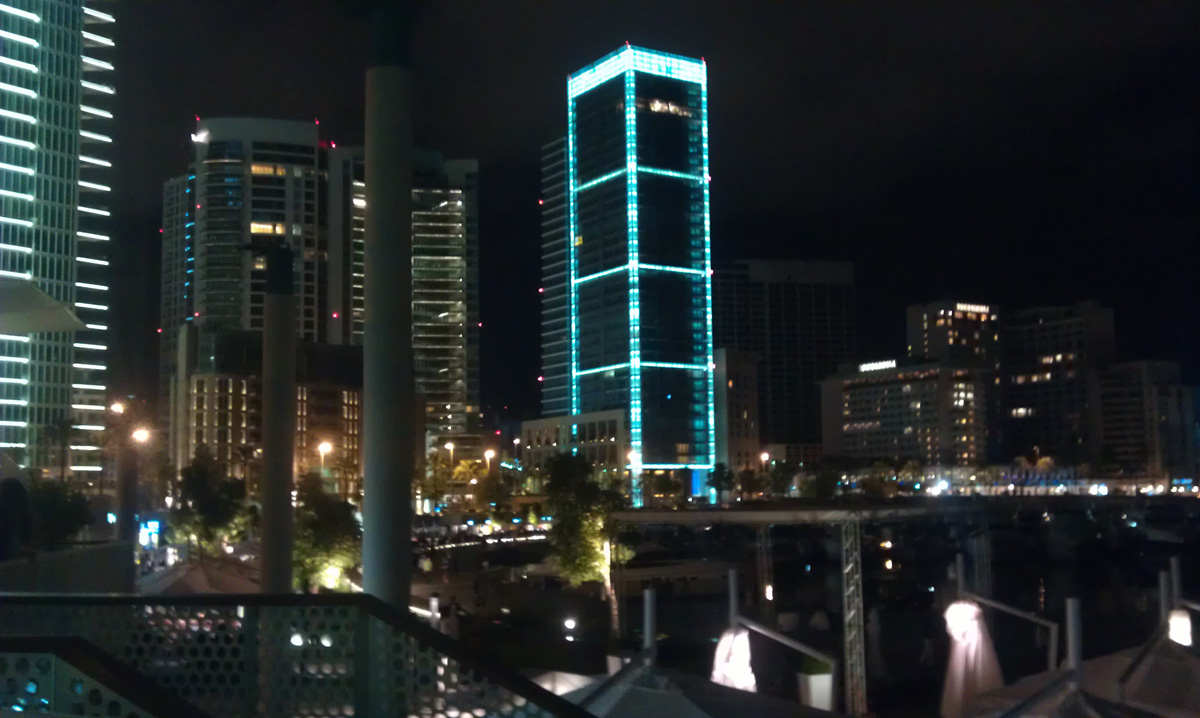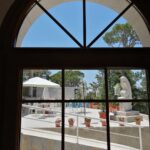Beirut’s history dates back to more than 5000 years. Join us to discover the city features with a certified tourist guide in 2 hours only
Our tour includes the below:
- Castle square: Reinforced in the 8th. Scene of fierce fighting, destruction, and rebuilding through the Crusader and Mamluk period.
- Clock Tower: The first one in Beirut to indicate time. The tower was built in 1897 and restored in 1994.
- Egg building: It goes back to the sixties. It reveals the architectural evolution of the city.
- Emir Assaf Mosque: It was built by the Emir Mansour Assaf (1572-1580) on the ruins of a Byzantine church that was dedicated to the Savior.
- Emir Mounzer Mosque: Built-in 1620 by the Emir Mounzer, governor of Beirut on the ruins of an ancient structure.
- Evangelical Church: Built-in 1869 was completely destroyed by the shelling in 1976 and rebuilt using the same stones in 1998.
- Grand Serail: Built-in 1853 by the Ottomans seat of the Ottoman governor. The later seat of the French government. Damaged during the war. Since independence, it became the Governmental Palace.
- Hadiqat al Samah (the forgiveness garden): set up over the Cardo Maximus roman site.
- Maronite St. George Cathedral: Built between 1888 and 1894 fully restored after the war and is currently the Episcopal seat of Beirut’s Maronite archdiocese. The Bell Tower of the church was recently built and inaugurated in 2016.
- Martyrs’ Square: First it was Al Burj square. In the 18thcentury becomes the canons’ square with the Russian army. And earlier Emir Fakhreddine Garden
- Mohammed al Amine Mosque: It was a Zawiya in the 19th century – the foundation stone was laid in November 2002 and inaugurated in 2008.
- Municipality of Beirut: Constructed in 1920 is characterized by its Neo-Islamic architecture style. Byzantine villa & treasure were found.
- Ottoman Military Hospital: Built-in 1860 to serve as a military hospital. It housed the Justice palace from the beginning of the French mandate until the 1960s; and today, it became the Council for Development and Reconstruction.
- Petit Serail remains: In 1787 started the modernization. In 1881, obtained permission. Inaugurated in 1884. After 1888, it became the seat of Wali. In 1950, was demolished with the intention to execute the 1932 Danger plan.
- Riad al Solh Square: Known until 1950 as the Sour square (wall 750m*370m).
- Souk of Beirut: Are 100,000 sq. m remains of the Phenico-Persian port. A large mosaic from the Byzantine period. It is inaugurated in 2009 and 2010.
- Elias Greek Catholic Cathedral: Goes back to the 18thcentury was built with a Byzantine oriental touch was restored in 1994 and its restitution was accomplished off in 2003.
- George Greek Orthodox Cathedral: It dates back to the 14th century and was renovated later. It is considered one of the oldest buildings in the city. The cathedral is erected on the ruins of a church that goes back to the crusades era and built on the ruins of a Byzantine structure. the earthquake destroyed its major part in 1759. So it was rebuilt eight years later but damaged again in the same year.
- Star Square or Nejmeh Square: After World War I, the Beirut Municipality decided to reinstate the Ottoman project of 1787 aiming to modernize the city center. A plan of reconstruction was developed in 1926 by Camille Darfourd
- The Grand al Omari Mosque: First, it was a Byzantine church that was built on the ruins of Roman thermal baths. It became a mosque for a certain time till The crusaders transformed it in 1150 into a cathedral dedicated to St. John. In 1291, the Mamluk turned it again into a mosque.
- The Martyrs were on May 6, 1915, and 1916. In 1960, the old monument was replaced
- The Roman Baths: The roman bathhouse was uncovered in 1968-1969 covered with ruins during the Lebanese war.
Contact Us: 03 422 493



